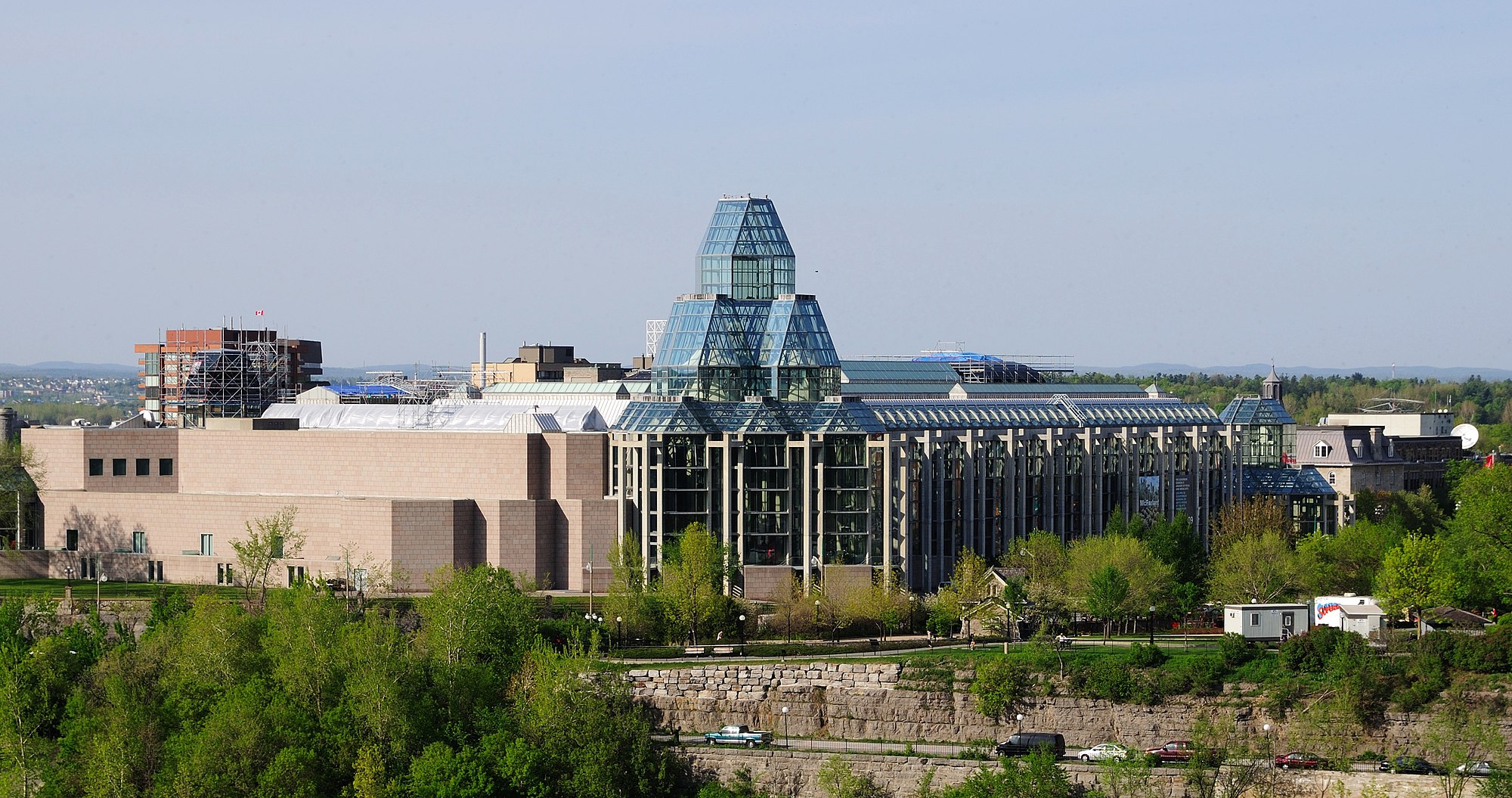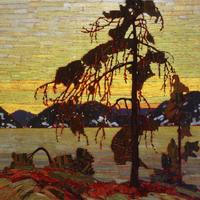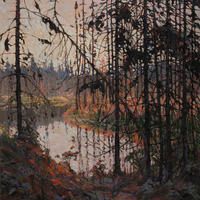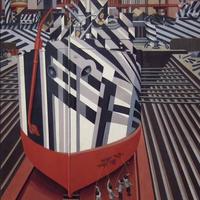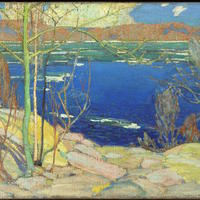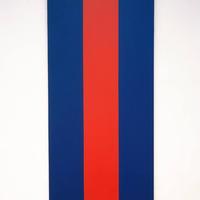More about National Gallery of Canada
Works at National Gallery of Canada

Sr. Contributor
The National Gallery of Canada started with a royal wedding.
In 1871, Princess Louise of Great Britain, daughter of Queen Victoria, married John Campbell, 9th Duke of Argyll, Marquess of Lorne. She was the first British princess to marry a commoner (i.e. filthy rich aristocrat without a crown) since Henry VIII’s sister Mary wed Charles Brandon in 1515, and the press hailed it as a “love match.”
When the Duke was appointed governor of Canada, Princess Louise begrudgingly followed him, the first British princess to cross the Atlantic. Canada seemed a colonial backwater to Louise, an ardent feminist who had hobnobbed with James Abbott McNeill Whistler and Dante Rossetti in London’s posh art scene, as well as a painter and sculptor in her own right. Accordingly, she set out to rebrand Canada as a new mecca of the fine arts in North America.
Her pet projects were the National Gallery of Canada, and the Canadian Academy of Arts. She couldn’t attend the first exhibition of the Academy in 1882, having been injured in a sleigh accident, but had the paintings displayed in her room so she could view them from her sickbed. Concurrently, Louise installed the National Gallery collection in the Canadian Supreme Court building, its first semi permanent home.
Princess Louise and the Duke separated for several decades (sometimes attributed to his alleged homosexuality), but reconciled later in life. The history of the Gallery is as fraught with twists and turns as their troubled romance. While housed in the Railway Room, a small part of the collection burned in the great Parliament Hill fire of 1916. After the fire, Parliament temporarily moved to the Canadian Museum of Nature, coincidentally another former home of the collection. The Gallery later resided in an office building before moving to the current, monumental glass structure by Israeli Canadian architect Moshe Safdie in 1988, one of the most important Canadian buildings of the last 1,000 years.
Attractions include Louise Bourgeois’ horrifying giant spider sculpture, Maman, Benjamin West’s epic history painting, The Death of General Wolfe, and the famed Rideau Street Chapel. The National Gallery rescued the interior of the chapel from demolition and installed it in the museum. Artificial lighting creates the illusion of sun streaming through the stained glass windows, and individually recorded voices played in harmony complete the effect of a grand choir. One of Princess Louise’s paintings is a cornerstone of the collection, a fitting tribute to the creative visionary who made it all possible.
A bit of trivia for fans of Prime Minister Justin Trudeau and his hotness of meme-worthy proportions: His father, Pierre Trudeau, personally appointed Jean Sutherland Boggs, the Gallery’s first female director.
Sources
- Canadian Museum of Nature. “Historical Timeline.” Last modified August 2, 2016. https://nature.ca/en/about-us/history-buildings/historical-timeline
- Duhamel, Marc. “The Problem of the Sacred in Postmodern Museum Practice.” National Library of Canada, 1998. http://www.collectionscanada.gc.ca/obj/s4/f2/dsk2/ftp03/MQ39993.pdf
- Gerin, Annie and McLean, James S., eds. Public Art in Canada: Critical Perspectives. Toronto: University of Toronto Press, 2009.
- Harris, Carolyn. “Princess Louise and the Founding of the National Gallery of Canada.” The Kingston Whig-Standard, March 7, 2014. http://www.thewhig.com/2014/03/07/princess-louise-and-the-founding-of-t…
- Hawksley, Lucinda. Queen Victoria’s Mysterious Daughter: A Biography of Princess Louise. New York: Thomas Dunne Books, 2013.
- National Gallery of Canada. “Janet Cardiff: Forty-Part Motet.” Accessed July 15, 2017. https://www.gallery.ca/whats-on/exhibitions-and-galleries
- Ord, Douglas. The National Gallery of Canada: Ideas, Art, Architecture. Montreal and Kingston: McGill-Queen’s University Press, 2003. https://books.google.ca/books?id=lIUPghtfGyIC&lpg=PP1&dq=National%20Gal…
- Packard, Jerrold. Victoria’s Daughters. New York: St Martin’s Griffin, 1998.

Contributor
Canada shines with their own National Gallery.
They didn't think their world class curling and hockey was enough to bring them the fanfare they yearned for, so they decided to take a more refined approach to stardom. Not to say that sweeping ice with a broom and beating the crap out of each other with sticks aren't worthwhile endeavors. Nonetheless, in 1880 the National Gallery of Canada was born, and Canada finally had an institution through which to share their rich cultural history and to collect art on an international level.
If you're interested in architecture, a trip to this museum is a must. The current building consists of mostly glass and granite. While it must cost a fortune to heat in the cold Canadian winter, it looks pretty magnificent. But the collection was not always so well-housed. In fact, one of the museum's previous homes went up in flames in 1916. Luckily not too much of the collection was damaged.
There's a little something for everyone here. With over 40,000 pieces in their permanent collection, you’re bound to find one you like, especially if you have a penchant for photography. They have lots of it. Additionally, this museum has a chapel in it, which is not something many art institutions can claim. The Rideau Chapel was scheduled for demolition in 1972, so the National Gallery came in to save the day and preserved a piece of Canadian history. They took all the contents of the chapel and moved them into the gallery to recreate the original building. While you may not be able to attend a service here, it does serve as an impressive installation and reminder of Canada’s cultural past. And you can always use it to pray for next year's Stanley Cup.
Featured Content
Here is what Wikipedia says about National Gallery of Canada
The National Gallery of Canada (French: Musée des beaux-arts du Canada), located in the capital city of Ottawa, Ontario, is Canada's national art museum. The museum's building takes up 46,621 square metres (501,820 sq ft), with 12,400 square metres (133,000 sq ft) of space used for exhibiting art. It is one of the largest art museums in North America by exhibition space.
The institution was established in 1880 at the Second Supreme Court of Canada building, and moved to the Victoria Memorial Museum building in 1911. In 1913, the Government of Canada passed the National Gallery Act, formally outlining the institution's mandate as a national art museum. The museum was moved to the Lorne building in 1960.
In 1988, the museum was relocated to a new building designed for this purpose. The National Gallery of Canada is situated in a glass and granite building on Sussex Drive, with a notable view of the Canadian Parliament buildings on Parliament Hill. The building was designed by Israeli architect Moshe Safdie and opened in 1988.
The museum's permanent collection includes over 93,000 works from European, American, and Asian, Canadian, and Indigenous artists. In addition to exhibiting works from its permanent collection, the museum also organizes and hosts a number of travelling exhibitions.
Check out the full Wikipedia article about National Gallery of Canada

